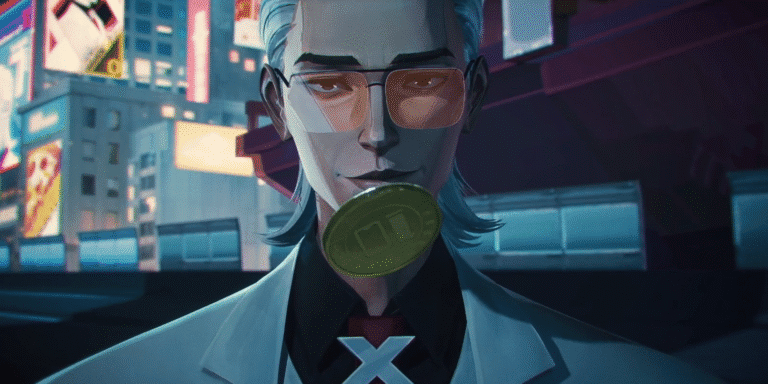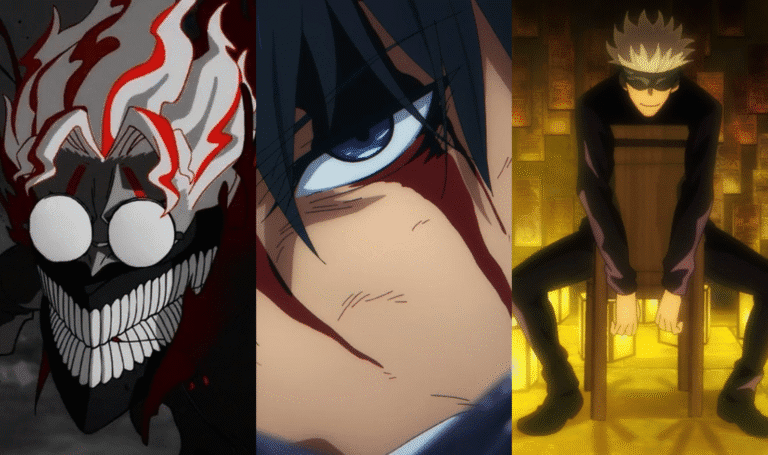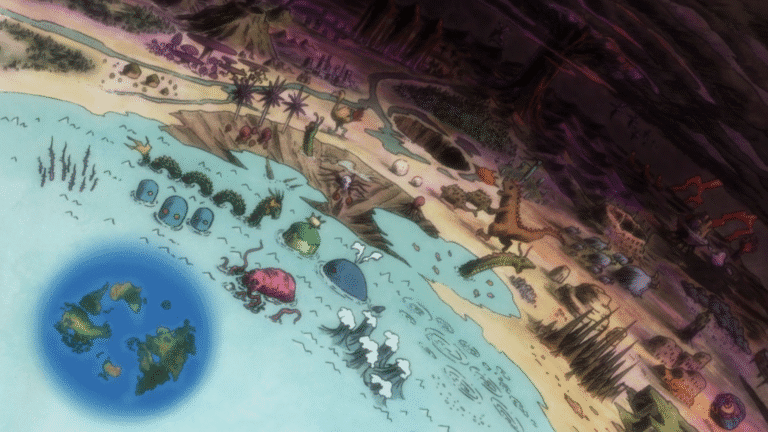The Masterclass of Worldbuilding: How One Piece Crafted an Unrivaled Universe
Few fictional worlds have ever reached the scale, complexity, and emotional depth of One Piece. Eiichiro Oda’s magnum opus isn’t just an anime or manga — it’s a vast universe that has evolved for over two decades. The series’ worldbuilding stands as a monumental achievement in storytelling, seamlessly blending geography, politics, culture, and history into one cohesive and endlessly fascinating tale.
1. The Grand Blueprint: A World Divided Yet Connected
The One Piece world is structured around a grand and deliberate design — the Grand Line, a perilous ocean that wraps around the globe, splitting it into four seas: North Blue, East Blue, West Blue, and South Blue. This circular geography isn’t just a map — it’s a narrative device.
The Grand Line serves as both a physical and symbolic barrier — a line that separates the ordinary from the extraordinary. It’s a place where weather defies logic, islands have unique climates, and the laws of physics seem negotiable. The Red Line, a colossal continent that crosses the Grand Line vertically, further adds to the world’s sense of mystery and isolation. The world literally has layers — and Oda uses each one to weave intrigue and adventure into every corner.
2. Islands of Culture: Microcosms of Humanity
Every island in One Piece feels like its own nation, complete with politics, cultures, economies, and moral codes. From the snowy oppression of Drum Island to the revolutionary tension of Dressrosa, these settings aren’t just backgrounds — they’re mirrors reflecting humanity’s diverse realities.
Oda’s genius lies in his anthropological approach. He designs each island as a self-contained culture with unique traditions, architecture, cuisine, and dialects. Skypiea explores themes of colonialism and faith. Fish-Man Island tackles racial discrimination and segregation. Wano Country draws heavily from feudal Japan, with its isolationist policies and samurai ethos. Each arc offers a cultural microcosm that enriches the greater world, all while serving the story’s emotional and thematic core.
3. History and Mythology: The Lost Century’s Shadow
Perhaps the most impressive layer of One Piece’s worldbuilding is its hidden history — the Void Century. This mysterious period erased from official records hints at an ancient civilization, a forbidden truth the World Government desperately conceals.
Through ruins, Poneglyphs, and subtle historical fragments, Oda crafts a sense of archaeological storytelling. The past isn’t just backstory — it’s an active force shaping the present. This narrative archaeology creates a mythology that rivals real-world legends, tying together everything from the D clan’s will to the Ancient Weapons and the revolutionary movements. The result is a world that feels ancient, haunted by forgotten truths just waiting to be unearthed.
4. Political Intrigue: A Living System of Power
Unlike many shonen worlds, One Piece’s political structure feels real — fragile, corrupt, and ever-shifting. The World Government, Marines, Pirates, and Revolutionaries coexist in a constant power struggle that mirrors global geopolitics.
The World Nobles (Celestial Dragons) embody aristocratic decay and tyranny, while the Revolutionary Army represents rebellion and freedom. The Yonko and Warlords act as balancing forces, creating a dynamic ecosystem of power where no one side ever fully dominates. This intricate web of alliances and betrayals keeps the world perpetually in motion — much like our own.
5. Thematic Geography: Emotion in Every Horizon
Every corner of One Piece’s world carries emotional weight. The seas aren’t just stretches of water — they’re metaphors for freedom, ambition, and the unknown. The Grand Line isn’t simply dangerous — it’s a test of resolve, where dreams either thrive or die.
Even the act of sailing embodies Oda’s central message: the journey matters as much as the destination. Each island visited leaves an emotional imprint, shaping both the Straw Hat crew and the audience. By making geography personal, Oda ensures that One Piece’s world isn’t just vast — it’s intimate.
6. The Passage of Time: A Living, Evolving World
One of One Piece’s quiet triumphs is its sense of continuity. The world doesn’t pause when the Straw Hats leave an island — it moves on. Governments collapse, revolutions spread, and old friends grow in their absence. The global news system, spread by the World Economy News Paper, keeps the viewer aware that this world has a pulse — it breathes even when we’re not looking.
This living continuity makes One Piece feel timeless. Events ripple across oceans, shaping new arcs and characters in natural, organic ways. It’s storytelling at a planetary scale, and Oda never loses control of it.
Final Verdict: The Ocean of Imagination
One Piece isn’t merely a story about pirates chasing treasure — it’s a celebration of worldbuilding as an art form. Eiichiro Oda has spent over 25 years constructing a universe where every wave, island, and rumor carries meaning. It’s a world that rewards curiosity, patience, and emotional investment — a place so vividly imagined that it feels alive long after the episode ends.
If worldbuilding is the measure of a storyteller’s ambition, then One Piece stands as one of the greatest fictional worlds ever created — a boundless sea of wonder that keeps inviting us to set sail once more.
💭 Let us know what you think about One Piece’s masterful worldbuilding through the comments below.







